So becoming aware of various situations where you yourself would have to provide basic emergency care may turn out to be crucial.
First of all, it's important to remember that our furry members of the family can't talk - at least not in a way we can always understand. Therefore, it's vital to observe your pet on a daily basis and know their usual behavior in order to be able to see when something is wrong. It is also important in order to give accurate and as extensive as possible information to your veterinarian. Just like with humans, if your pets have allergies or any medical sensitivities, or if you already gave them any medicine, it's also very important to mention it.
And if you aren't sure, refrain from giving your pets so-called human medicine, like aspirin, for example. It may not be lethal for dogs, but cats lack an enzyme critical for metabolizing salicylic acid (the active ingredient of aspirin) properly. The resulting symptoms can range from simply scary (like tremors or foaming), up to loss of consciousness and death.
Remember that it's always preferred to call your vet and receive initial help over the phone if possible, instead of doing something yourself.
OK, so what are the main signs you should pay attention to?
Pale gums or gums that have a bluish or yellowish color
Pale gums may indicate anemia due to hemorrhaging, low body temperature, low blood pressure, poisoning and other reasons. The normal color of the gums should be pink or light pink.
If the gums have a bluish color, this is a symptom of asphyxiation, meaning that there is less oxygen in the blood than there should be. It can be coupled with respiratory distress, or a heart event, so don't hesitate to pick up the phone to call your vet.
Yellowish gums, as many of you probably guessed, have to do with the liver. Usually this is present in animals with chronic liver diseases and is only visible when the liver is already more than 50% damaged. So if you see your pet being suddenly yellow all over, it could be a sign of ingesting toxins and poisons.
Heavy breathing
Just like with humans, hyperventilation in pets can be rather alarming both to owners and the animals. There could be several reasons, like stress, a fearful event or maybe metabolic acidosis. In any case, there is a need to bring your pet to the vet for a thorough check-up of the lungs and heart. Respiratory rate of a panting dog: up to 200 pants/minute. Cats panting: up to 300 pants/minute
Weak or rapid pulse
Since the companion animals we usually share our homes with are smaller than us, their pulse is faster than what is normal for us. This fact is important to keep in mind before thinking that something is wrong. And the younger the animals are, or the smaller their breed is, the faster their pulse.
That's why it's important to get to know your animal and their vital signs during rest - not necessarily in exact numbers, just enough to be able to notice what is normal for them and when it is suddenly different and doesn't change for some time.
Change in body temperature
The same goes for body temperature. Our pets usually have a higher body temperature than ours. That's why they are so comfy during winter evenings! So keep that also in mind before thinking that your pet is sick. For dogs, normal body temperature ranges between 37.5C up to 39.5C (99.5F - 103.1F), and for cats 38.0C up to 40.0C (100.4F - 104F). If it's higher than this it may be an indication of inflammation, and if lower, than this can be an indication of poisoning, although now more and more vets say that this particular indicator isn't that cut and dry.
In any case, lower body temperature is much more dangerous than higher, so pay attention to it, especially in cases of blood loss or other emergencies. In such cases, and after talking with your vet over the phone, you may need to warm up your pet's body with bottles filled with hot water. If you need to take your pet to the vet, you may need to do this while on the way to the clinic.
Summary of vitals
For dogs, normal vitals are:
Small dogs:
Pulse: 105-125 beats per minute
Respiratory rate: 15-40 breaths per minute
Temperature: 37.5C up to 39.0C (99.5F - 102.2F)
Larger dogs:
Pulse: 50-120 beats per minute
Respiratory rate: 10-30 breaths per minute
Temperature: 37.5C up to 39.0C (99.5F - 102.2F)
Puppies:
Pulse: 70-200 beats per minute
Respiratory rate: 15-50 breaths per minute
Temperature: 38.2C up to 39.5C (100.7F - 103.0F)
For cats, normal vitals are:
Adults:
Pulse: 100-120 beats per minute
Respiratory rate: 20-30 breaths per minute
Temperature: 100-102.5° F
Kittens:
Pulse: 120-140 beats per minute
Respiratory rate: 80-100 breaths per minute
Temperature: 38.5C up to 40.0C (101.3F - 104F)
How to take your pet's pulse:
1. Use a timer (or a watch with a second hand).
2. Find the pulse or heartbeat in one of two ways:
- Place your hands on both sides of the chest cavity (just behind the elbows).
- Place two fingers inside your pet's thigh, near where the leg and body meet (dogs only).
4. Note: Cats are very difficult to get a heart rate on!
To calculate your pet's respiratory rate, do the same thing but count the number of full breaths in 15 seconds. Then multiply by four to get the number of breaths per minute.
Excessive bleeding
There is a new generation of sophisticated rat poisons that have an anti-clotting effect, meaning that after ingestion, the poison interferes with the production of blood-clotting enzyme in the liver. This poison is particularly insidious, because it takes several days to kick in and for the effects to appear. And in many cases it is already too late.
That's why it's super important to pay attention to what your dog (and this is mainly dogs' problem) is picking up from the ground. If you suspect that your pet has eaten something poisonous, call the vet and buy vitamin K1 just as a precaution. You may not need it, but you may help someone else in a similar situation.
There can be other reasons for excessive bleeding too.
Bloating
Bloating can be a life-threatening symptom for dogs, especially large breeds like German Sheppard, Labrador Retriever, Irish Wolfhound, Boxer, Irish Setter, Collie, Bloodhound, Standard Poodle, and others.
Bloating can happen due to two main reasons. The first is gastric dilatation, in which the stomach distends with gas and fluid. The second is volvulus, in which the distended stomach rotates on its long axis. The spleen is attached to the wall of the stomach, and therefore rotates with the stomach.
Gastric dilatation may or may not be complicated by volvulus. If volvulus occurs, the stomach may twist 180 degrees or less (technically called a torsion). An actual volvulus is a twist of 180 degrees to 360 degrees or more. If this happens, you must act quickly, because realistically speaking, your dog has very little time to be saved.
What complicates matters even more is that sometimes bloat isn't the first symptom. There maybe other symptoms that were mentioned before, coupled with your dog becoming either very restless, or very lethargic. It can happen after a meal or physical activity, so again, pay attention to your animal and what they are doing.
Now, other signs that require your immediate attention include various neurological and other symptoms like:
- Apparent paralysis
- Loss of consciousness
- Seizures
- Staggering, stumbling, head-tilted, sudden blindness
- Severe hives or severe itching
Inability to urinate or defecate. Your pet may appear to be straining due to constipation, but it could be more serious. Frequent attempts to urinate that don't produce a normal urine flow could indicate infection or obstruction - especially in male cats! This can lead to uremic poisoning and death.
Inability to deliver puppies or kittens. If your pregnant dog or cat has gone more than three to four hours between delivering puppies or kittens, call your vet!
There are some emergency situations when you can help your pets yourself, before taking them to the vet. Such situations can be a bee sting, snake bite, tick bite, foreign object in eye, foreign body injection, etc.
Surely, there are many other signs and other situations to pay attention to, but hopefully now you are in better position to help your pet in case of an emergency.
Emergency kit
As for the list of necessary items you should have in your special "my pet's emergency bag or box", Dr. Karen Becker has an excellent article that lists all the necessary items. You can also watch my video below where I describe some of the basics. You will notice that many of those items can be used on humans too, so there is a doubly good reason to stock up on those supplies. And they are usually not particularly expensive.
Do no harm
That's it for emergencies. But in the scope of this article I would also like to touch on a slightly different but no less important topic, which is also related to the general topic of your pets' health. Some time ago I received a question from the listener of our weekly radio show. The question was about an obese 12-year-old little dog, who was just diagnosed with Cushing's disease and prescribed two specific drugs that are very expensive. The cost is $200/month for the rest of the dog's life. The listener wanted to know if she should do the treatment, especially since the vet also told her that she could choose not to do the treatment and just let things progress as they are.
Well, since I am not a doctor yet, I can't really give a definitive answer, but what I know about the drugs that are prescribed in cases of Cushing's disease (a condition that has several reasons and is characterized by an excess of the steroid hormone cortisone in the blood) is that most of them have serious side-effects. In fact, these drugs are not for treating the disease itself; they're for 'maintenance' only. They help to control the symptoms. That's why they should be taken for the rest of the dog's life. It's like chemotherapy for life. It's true that newer drugs are better when it comes to side-effects, but they are also more expensive. So in the end, it doesn't matter how you look at it, there is loss or suffering in any of the cases here. And that's what I want to write about.
This is just another symptom of the grip Big Pharma has on veterinary science, and how often veterinary students are taught not to think, but instead are asked simply to memorize all the necessary treatment protocols and their dosage.
Let's take this poor little obese dog with Cushing's as an example to demonstrate the point. In most affected dogs with Cushing's the cause is a small, benign pituitary tumor. It happens mostly with middle-aged or older dogs, and there are several breeds that have a predisposition to the development of this kind of tumor. OK, so if it's a tumor, then it's like the Universe's Russian roulette, right? Some dogs lose, some dogs win. Wrong. Predisposition to any disease, including the development cancer means just that - a possibility - meaning, that if there won't be any contributing factors, your dog can live happily all his life without developing anything of this kind. And contributing factors can be anything from stress, bad diet - like feeding your dog dry food - and giving him all kinds of medications, especially steroids.
And here we come to the biggest conundrum both of veterinary medicine and human medicine. You see, despite me studying in a low-budget university and not having access to cool, super-advanced veterinary equipment, they were able to teach me a couple of the most important principles of being a veterinarian. Besides the principle of doing no harm, they also told us that a good veterinarian is a veterinarian with nothing to do. In other words, disease prevention is much more important than treating the disease. And if this is being kept in mind, then it's easy to see why proper upkeep or proper living conditions and species-appropriate diet are all the animal needs to have a good and long life.
What is left are the emergency situations, including emergency surgery in case of accidents.
So in both human and veterinary medicine there is this absurd situation, where more and more fancy and advanced techniques and drugs are being developed, new treatment protocols, etc. Better diagnosis techniques, better everything. Right now in the U.S. and Europe there are all kinds of veterinary clinics that can give your pet the best diagnosis and treatment in the world! Veterinarians are very proud of their profession, and rightly so. But then, in many cases they are being misguided or taught to believe and accept things that are very wrong. Just like in human science.
OK, so this little obese dog's owner still has to decide if she is willing to pay 200$ a month. This may ease not only her dog's symptoms, but also her conscience, that she did something for her little baby. But then, who knows? If she had been told by her veterinarian years ago that diet and stress have a major effect on the hormonal system, maybe she would have made sure to feed her dog properly, with a species-appropriate diet, and to give him as stress-free an environment as possible.
But then, what interest do Big Pharma and other similar greed monkeys have in educating the public? No interest at all. And that's why both medical and veterinary fields are in constant state of a so-called advancement, while it is really an illusion and we are just getting further and further away from what is real and natural.

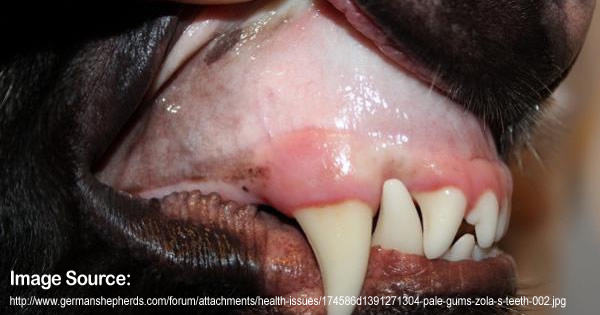
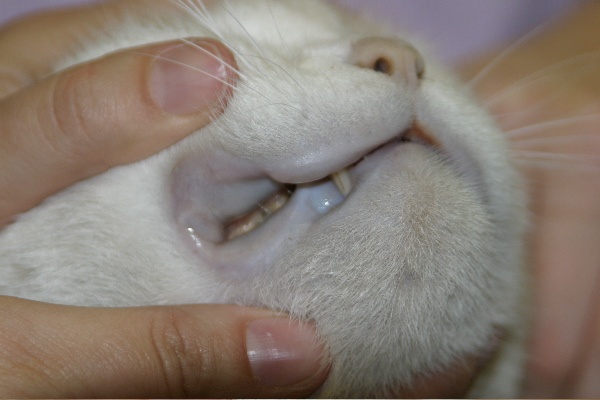
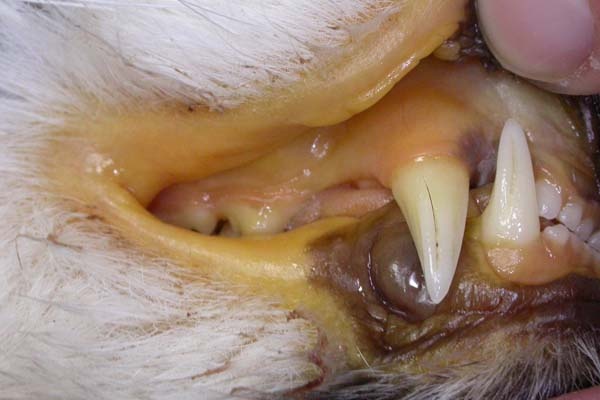
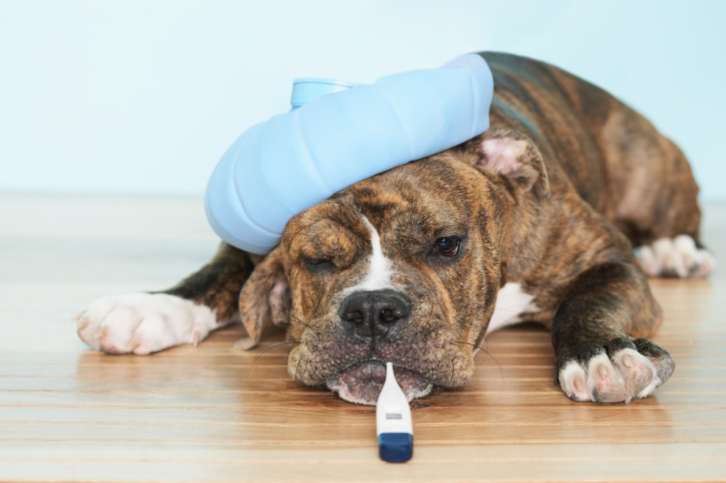


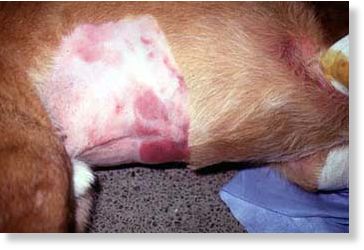
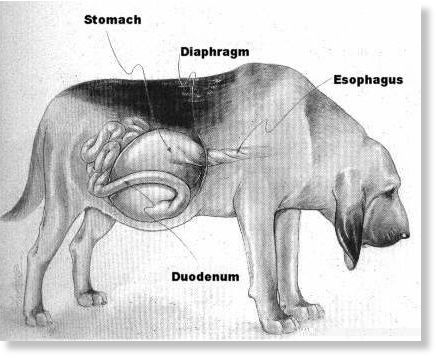
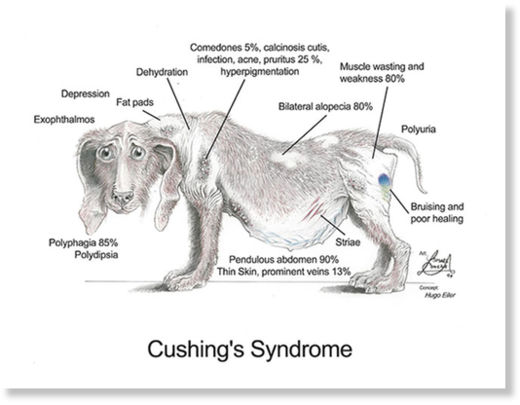
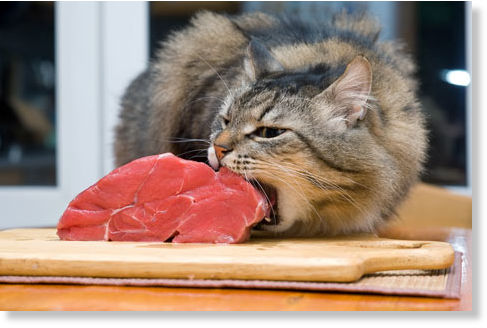



Reader Comments